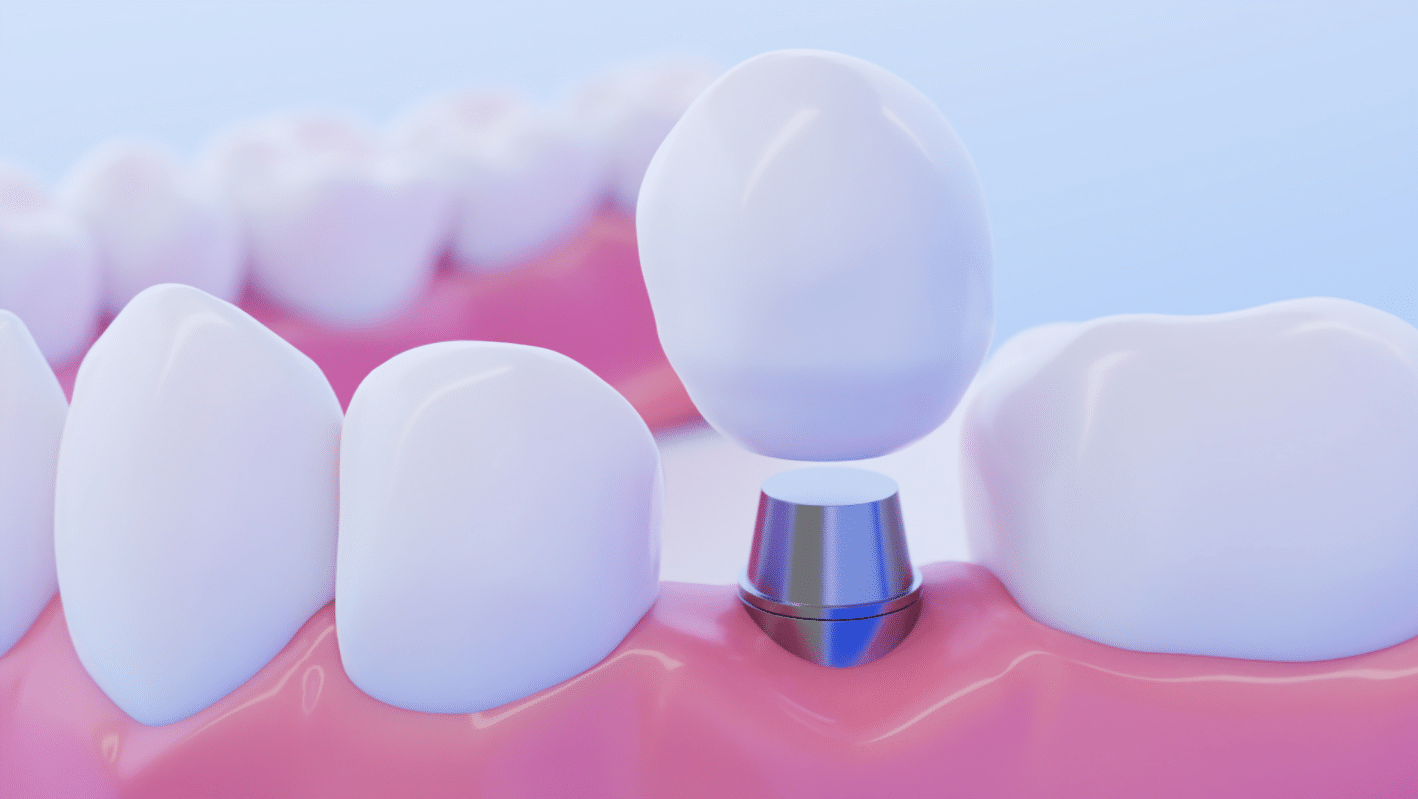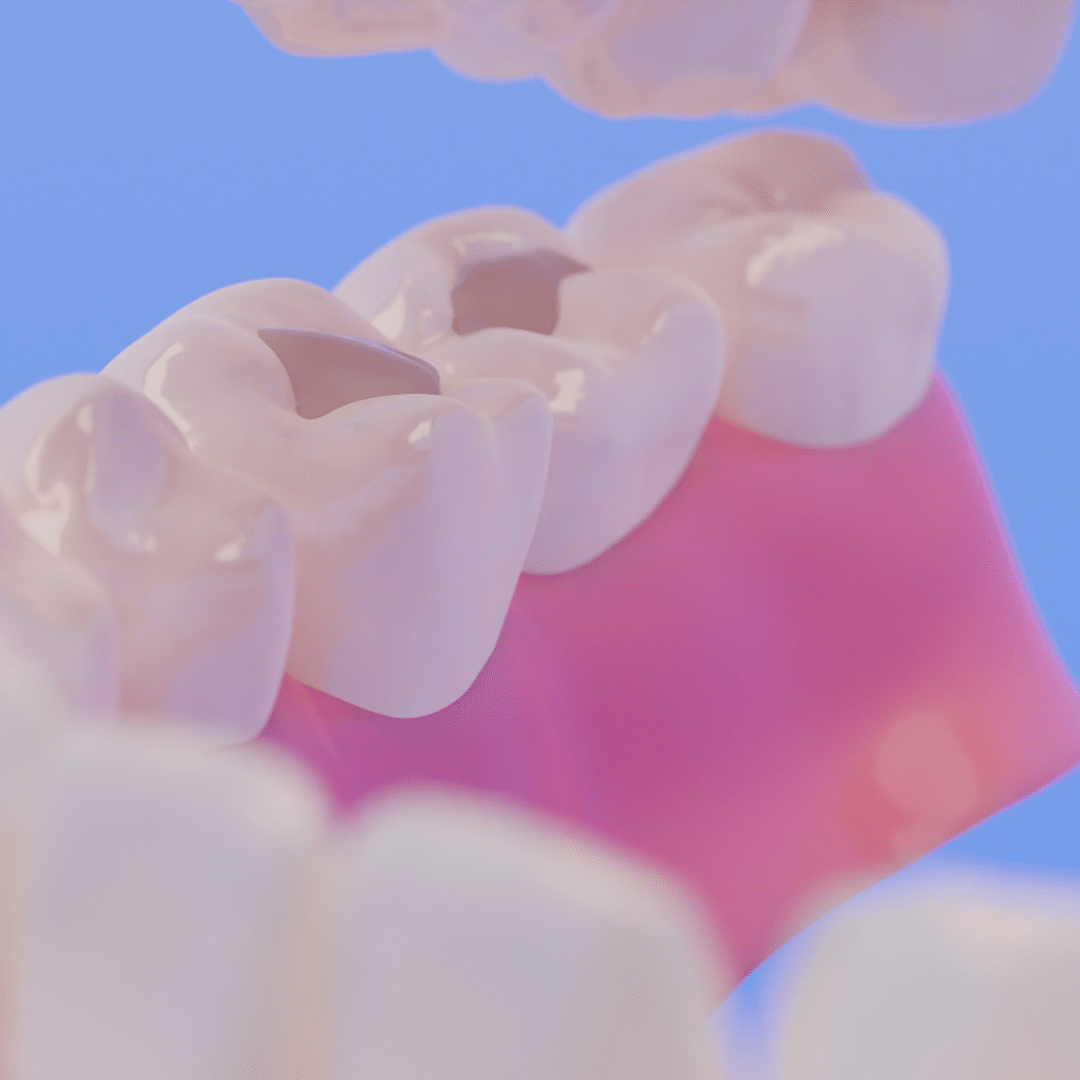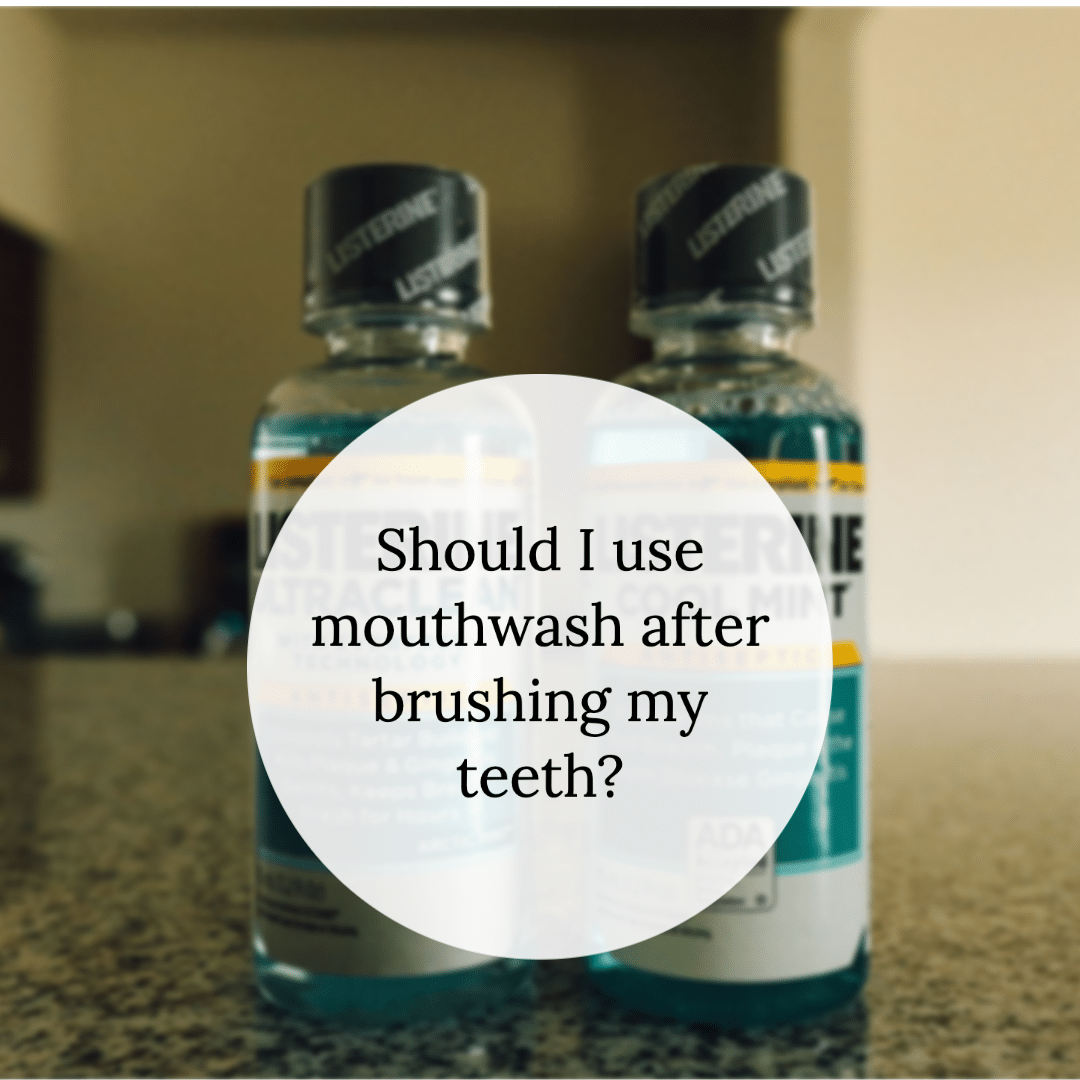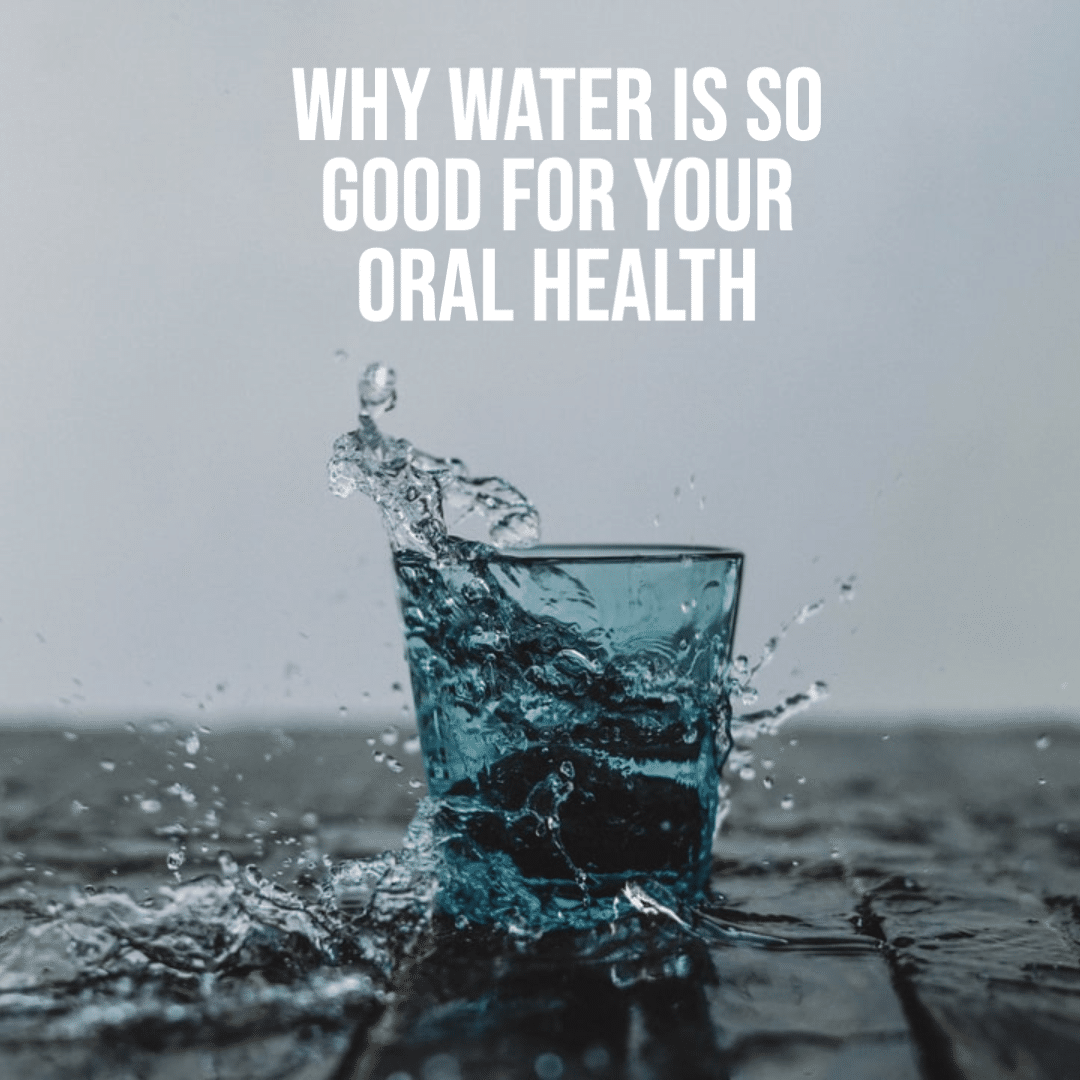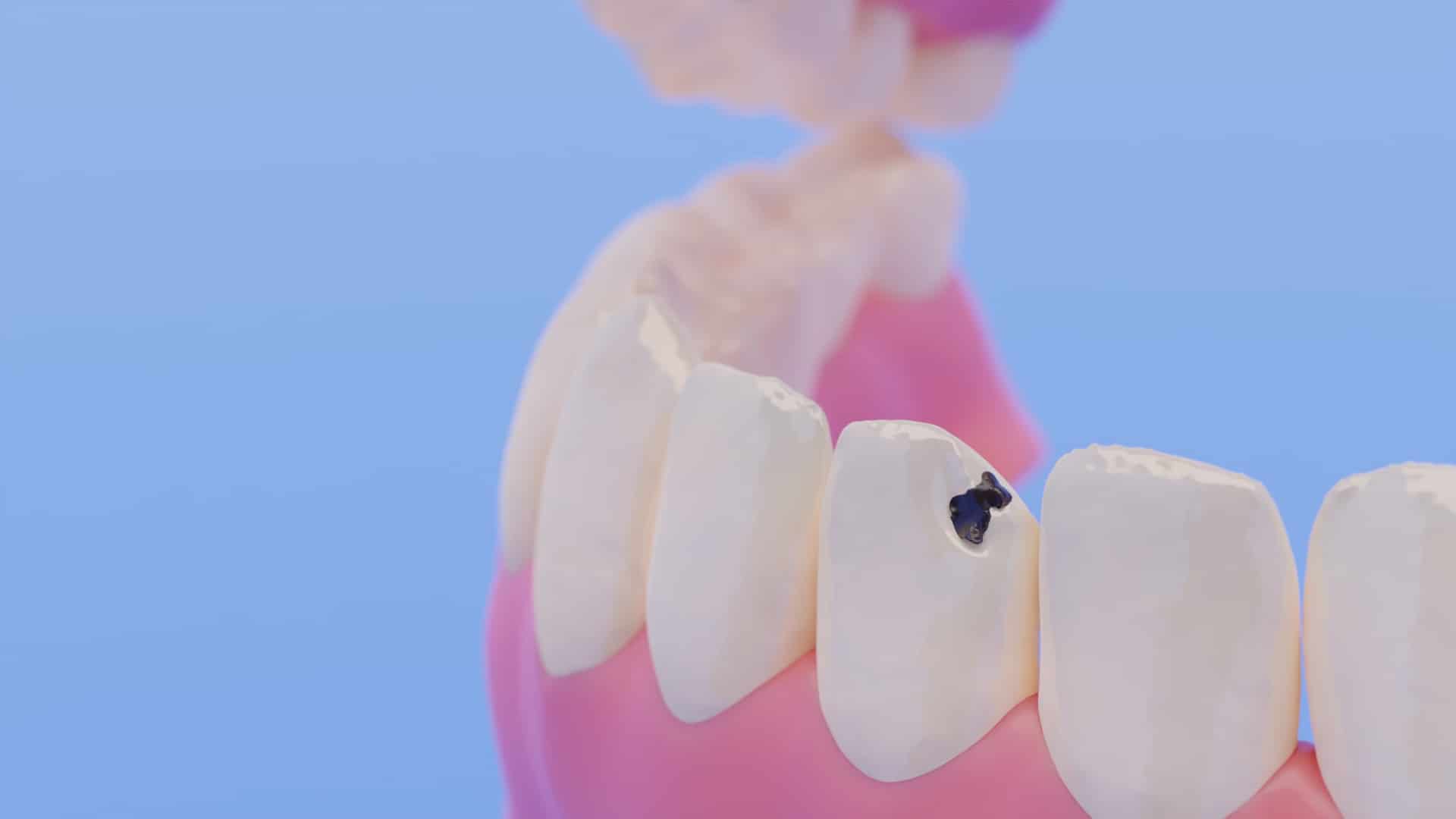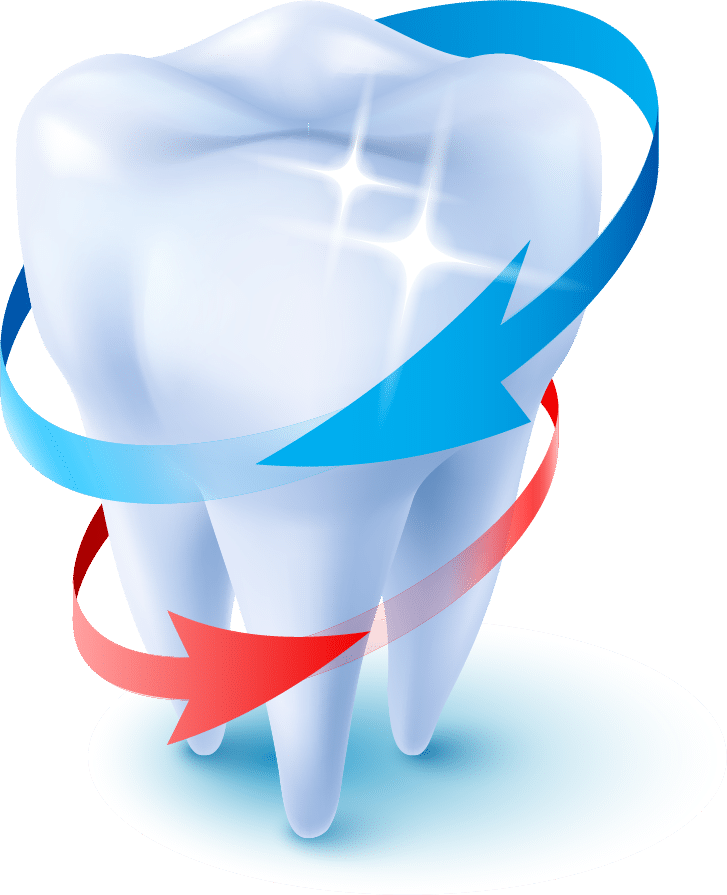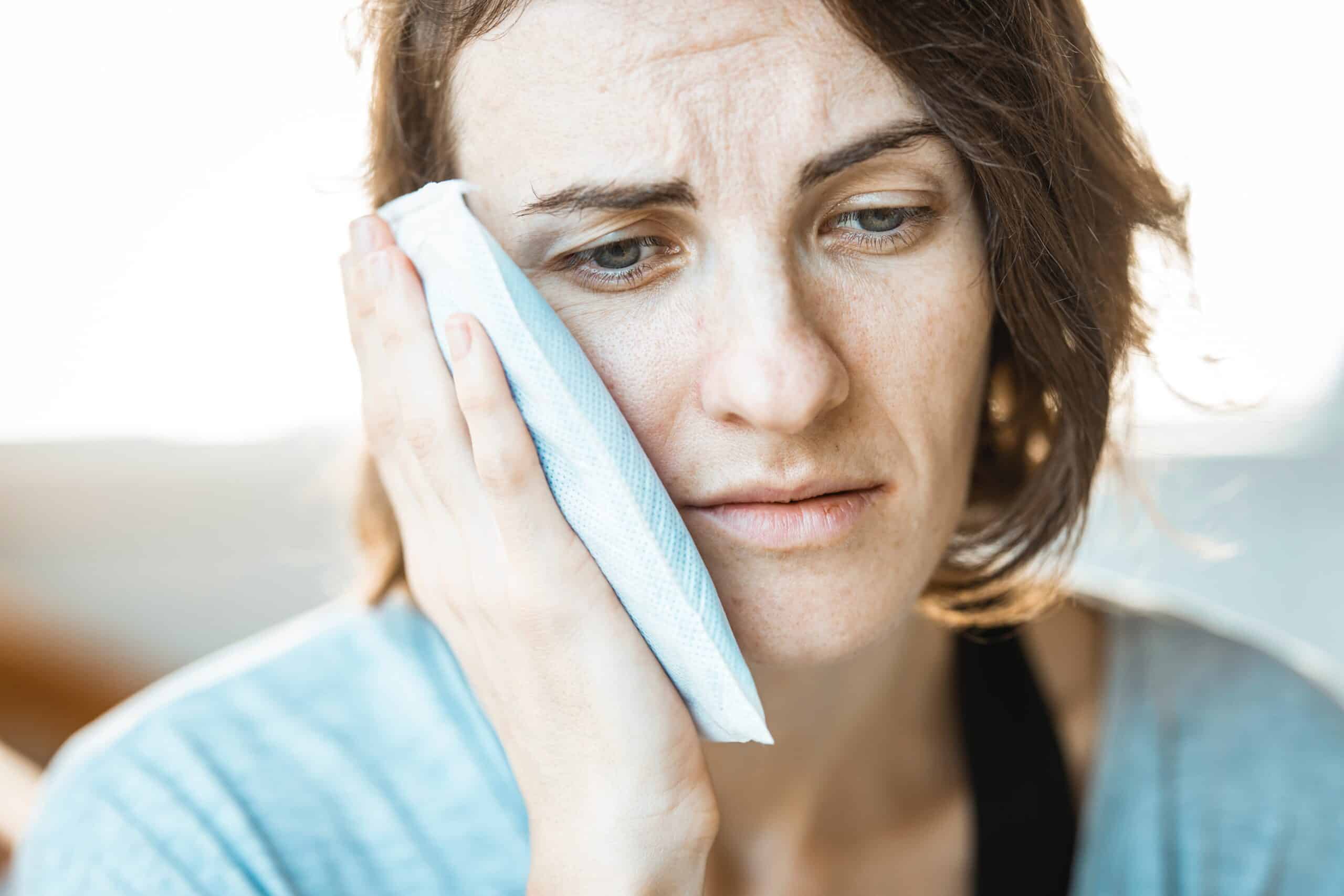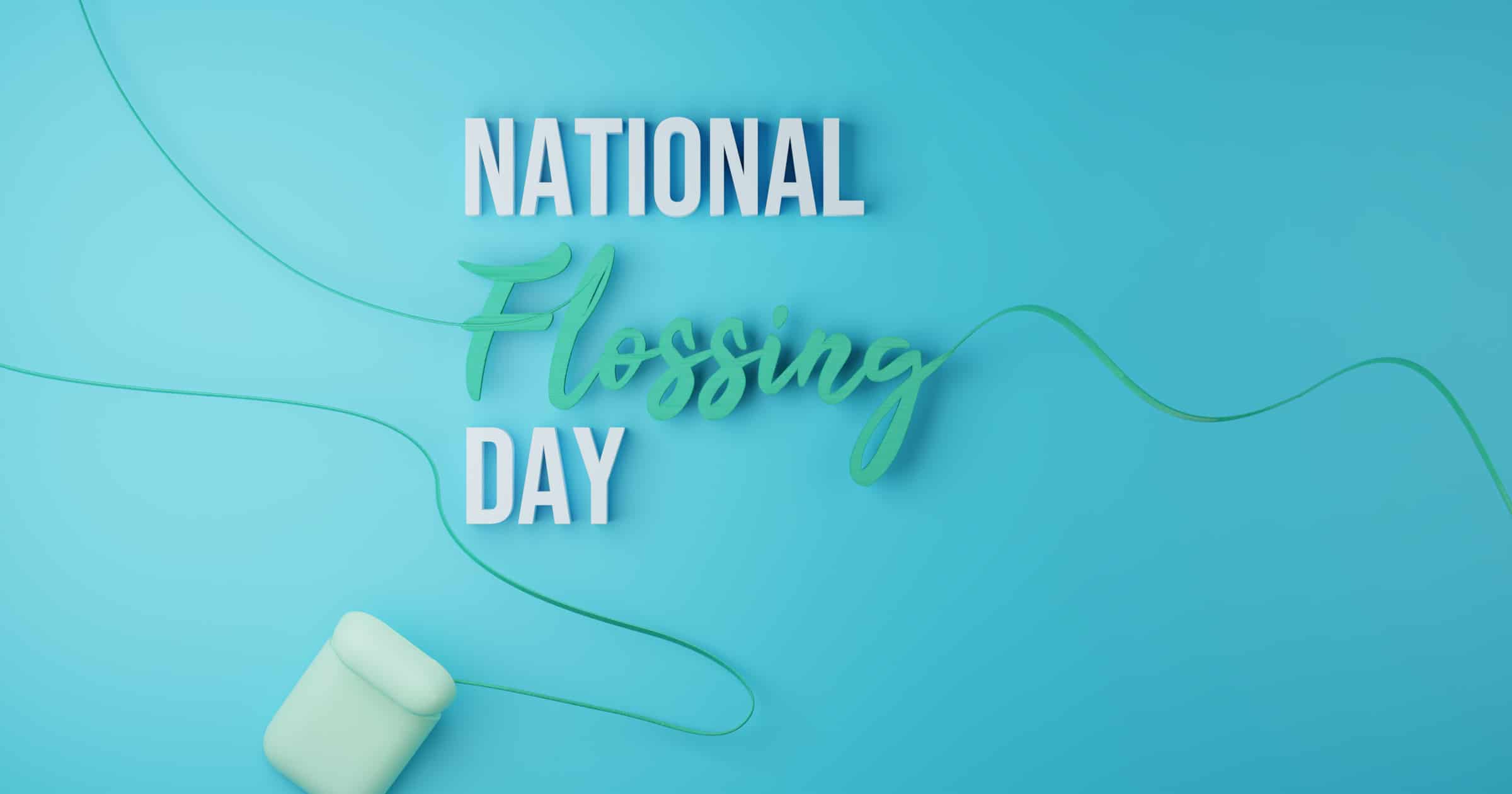Whether you have had a routine procedure or something more complex there are several steps you can take to maximize the results, prevent infection, and ease discomfort. Restrictions on eating and drinking after a dental procedure are common. So how long after a crown is cemented can you eat and drink?
At your first visit, you will have a temporary dental crown placed on your tooth.
With a Temporary or Permanent Crown:
- Avoid sticky or chewy foods that have the potential to grab and pull at the crown.
- Shift the bulk of your chewing to the opposite side of your mouth.
- Avoid chewing hard foods that can dislodge or break the crown.
- When cleaning your teeth, slide flossing material out rather than lifting it out. Lifting the floss out could pull off the temporary crown.
Eating with permanent crowns after cementation is somewhat similar to temporary crown eating. Your dentist will tell you to be careful with temporary crowns because they’re only made of plastic, but actual crowns will also need time to harden before you can eat normally.
You only have to wait for 30 to 45 minutes after you leave your dentist’s office before eating. Just remember not to chew where your crown is even in the days following the procedure.
What’s safe to eat after crowns?
Besides sticky and chewy foods, you may eat to your comfort level after the anesthetic is worn off. Your gum and tooth may be tender in the area that the work was done, so sometimes it’s helpful to stick to a softer diet for the first few days.
With a permanent crown, it is best to avoid sticky things for the first 24 hours. After that, you may eat, drink, and clean your tooth just like you did before. The crown and gum may be tender or sensitive for the first few weeks while the gum is healing from the work done, but soon you shouldn’t even notice that it’s there.
If you have any additional questions about your procedure or if you are experiencing abnormal bleeding, swelling, severe pain, or any reaction to medications, please do not hesitate to contact us at Noll Family Dentistry.

